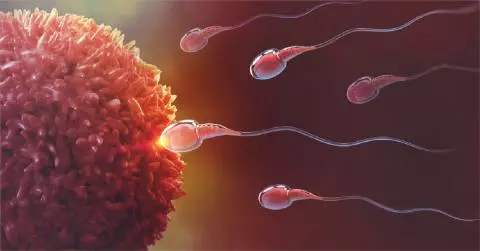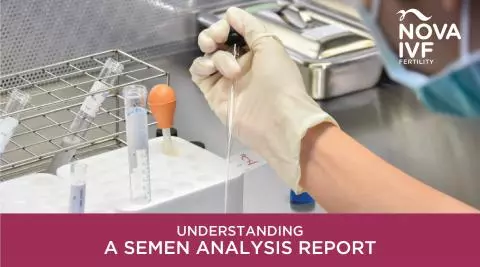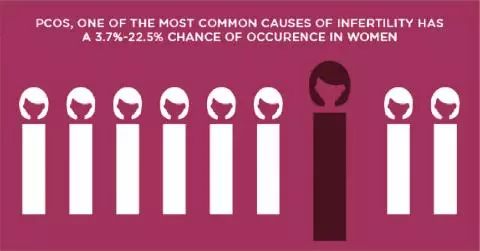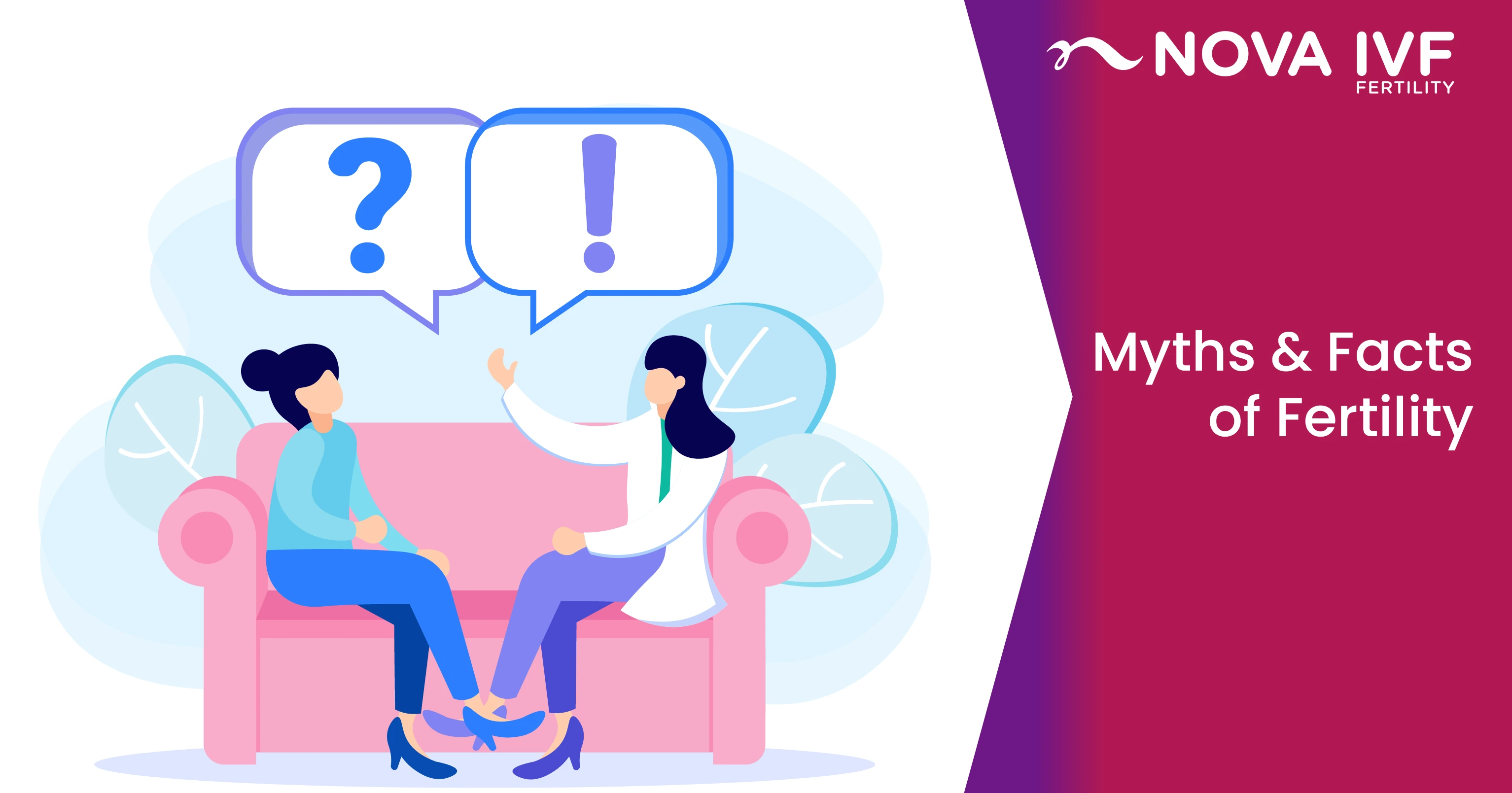Male Hypogonadism Symptoms and Its Effect on Fertility
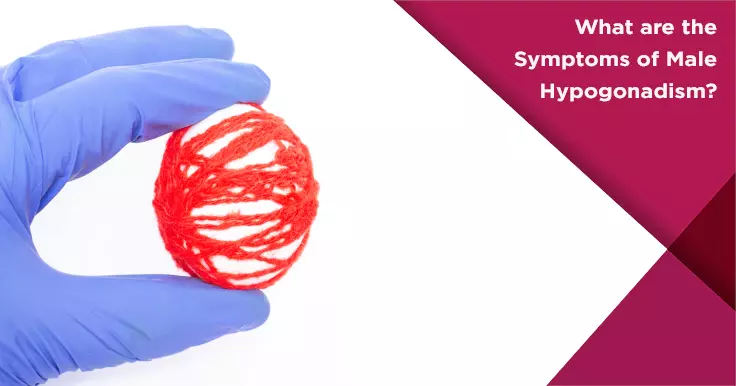
Testosterone is a male hormone responsible for a man's sex drive, sperm production, fertility and more. The normal testosterone level for a man ranges from 300 ng/dL to 1,000 ng/dL. This is usually the highest in the morning. A condition wherein the body does not produce sufficient testosterone is known as hypogonadism. Hypogonadism may develop while a boy is a foetus in the mother's womb or when he is an adult.
Hypogonadism in Male - Symptoms
The signs and symptoms of hypogonadism vary depending on when the condition develops. Development of Hypogonadism in a Boy going through Puberty.
Hypogonadism often develops while the foetus is still developing. If this happens, the body may not produce enough testosterone for the development of external sex organs. The degree of hypogonadism is not the same in all foetuses. Thus, the symptoms may vary from one infant boy to another. Some of the common symptoms seen include:
- Development of female genitals
- Development of genitals that are not clearly male or female
- Undeveloped male genitals
Development of Hypogonadism in a Boy going through Puberty
Hypogonadism can develop in teenage boys going through puberty. At this stage typically, boys see increased facial and body hair growth, a deepening of their voice and significant height gain. With this in mind, some of the common hypogonadism in male symptoms that may be seen include:
- Impaired development of testicles and penis
- Reduced muscle mass development
- The voice does not deepen
- Reduced growth of facial and body hair
- Gynecomastia or the development of breast tissue
- The arms and legs grow at a faster rate than the trunk. Thus, the limbs may look disproportionately long.
Development of Hypogonadism in Adulthood
Hypogonadism can develop in adult men as a result of an injury to the genitals or an infection. This can impair reproductive functioning and alter some of the man's physical features. The common signs and symptoms of hypogonadism that develops at this stage of a man's life include:
- Reduced facial and body hair growth
- Gynecomastia or development of breast tissue
- Reduced muscle mass
- Erectile dysfunction
- Osteoporosis or reduced bone mass
- Infertility
In some cases, hypogonadism can also trigger emotional and mental issues. These symptoms are caused by low testosterone levels and may be compared to the symptoms experienced by menopausal women. Some of the common mental and emotional symptoms caused by this condition include:
- Reduced sex drive
- Tiredness and fatigue
- Hot flushes
- Inability to concentrate
- Mood swings with an increased tendency to get irritated easily
 Infertility Counselling
Infertility Counselling Female Infertility Treatment
Female Infertility Treatment Andrology Treatment
Andrology Treatment Fertility Enhancing Surgeries - Female
Fertility Enhancing Surgeries - Female Fertility Enhancing Surgeries - Male
Fertility Enhancing Surgeries - Male Endoscopy Treatment
Endoscopy Treatment IUI Treatment
IUI Treatment IVF Treatment
IVF Treatment ICSI Treatment
ICSI Treatment Advanced IVF Solutions
Advanced IVF Solutions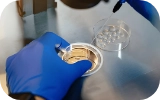 Embryology
Embryology Vitrification Egg, Embryo, Sperm Freezing
Vitrification Egg, Embryo, Sperm Freezing Preimplantation Genetic Testing (PGT)
Preimplantation Genetic Testing (PGT) Donation Program Embryo / Egg / Sperm
Donation Program Embryo / Egg / Sperm Self-cycleTM IVF
Self-cycleTM IVF

 Self-cycleTM IVF
Self-cycleTM IVF
